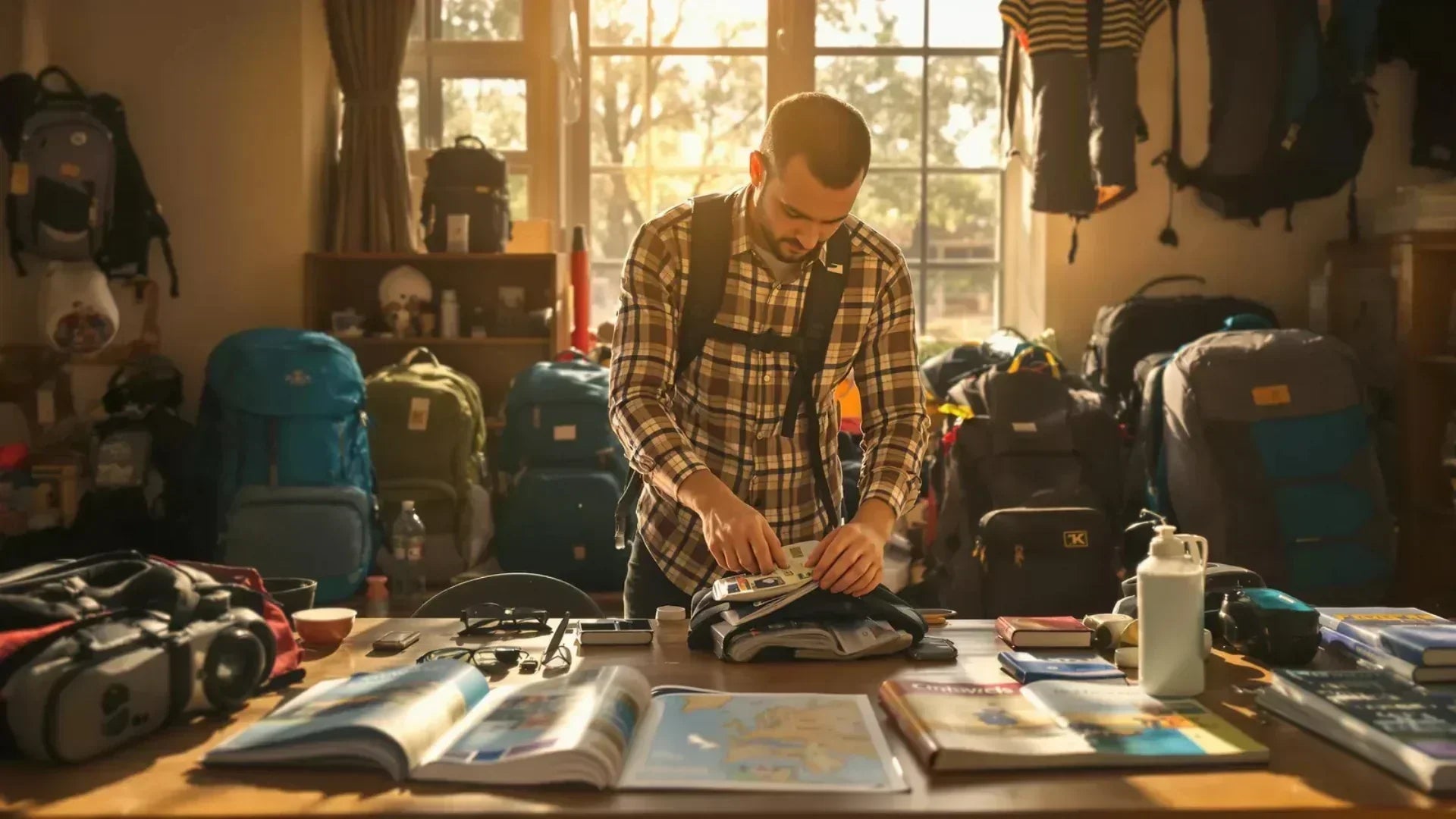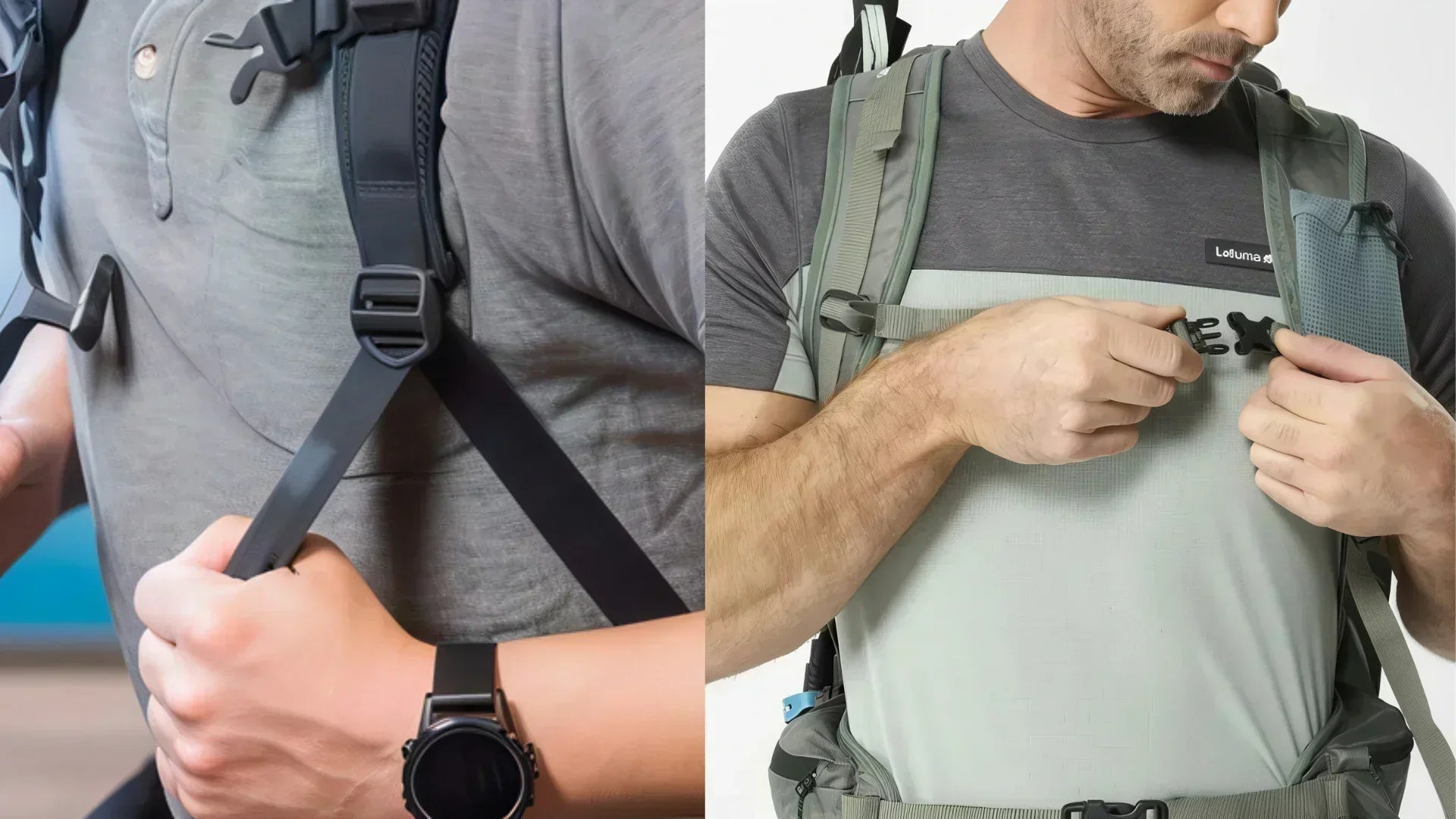
How to properly adjust a backpack?
A poorly adjusted backpack can turn a pleasant walk into a real ordeal . Back pain, poor posture, premature fatigue: all these inconveniences can be avoided with a proper fit.
Whether you're carrying a large travel backpack, a small lightweight backpack, or a hiking bag, it's essential to properly pack your backpack and adjust each strap carefully.
Here is a complete guide to optimize your babywearing according to your body shape and intended use .
Why is properly adjusting your backpack essential?
A poorly fitted bag, especially if it's too heavy , can cause back, shoulder, and even hip pain. Prolonged wear of a large, unevenly distributed bag can also put excessive pressure on the seams , leading to premature wear of the fabric or fasteners.
Furthermore, proper adjustment is crucial for easy access to pockets and compartments , especially on models with numerous internal and external storage options . It's not just about comfort; it's also about efficiency and autonomy while on the go.
Step 1: Prepare your bag for balanced carrying
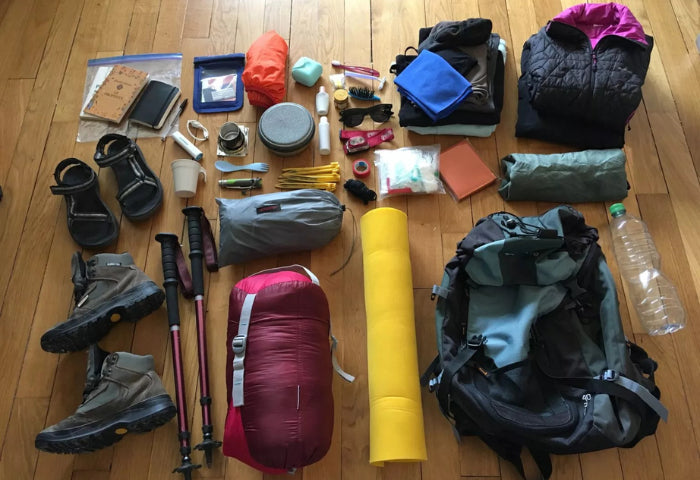
Before even adjusting the straps, you need to intelligently organize the contents of your bag . Whether it's for a short trip or a long journey, start by:
-
Place the heaviest items at the bottom of the bag , near your back;
-
Distribute the elements evenly along the height;
-
Keep extra items (water bottle, jacket, snacks, charger) in the side pockets or small, easily accessible compartments .
💡 When choosing a travel backpack , ensure that the total capacity meets your needs: there's no point in opting for a 60-litre bag for a day in the city.
Step 2: Adjust the back height (if a system is provided)
Some bags — particularly large hiking bags or trekking backpacks — have an adjustable back system , with a removable panel that allows you to adapt the height to your body shape.
📐 The goal is for the waist belt to rest exactly on your hips (at the level of the iliac crests) and for the weight not to pull upwards or backwards.
Step 3: Adjust the waist belt
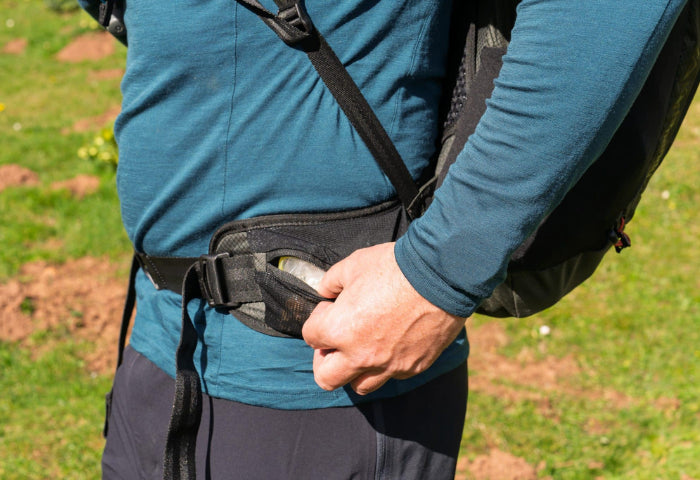
The waist belt is the key element for a good fit. It should support 70 to 80% of the bag's weight , especially on larger models .
-
Tighten it firmly around your hips.
-
Check that the side cushions are correctly positioned on the iliac bone.
-
Next, adjust the other straps without loosening the belt.
Good support at the pelvis prevents the weight of the bag from pulling on the shoulders and promotes better stability, especially uphill or on rough terrain.
Step 4: Adjust the straps
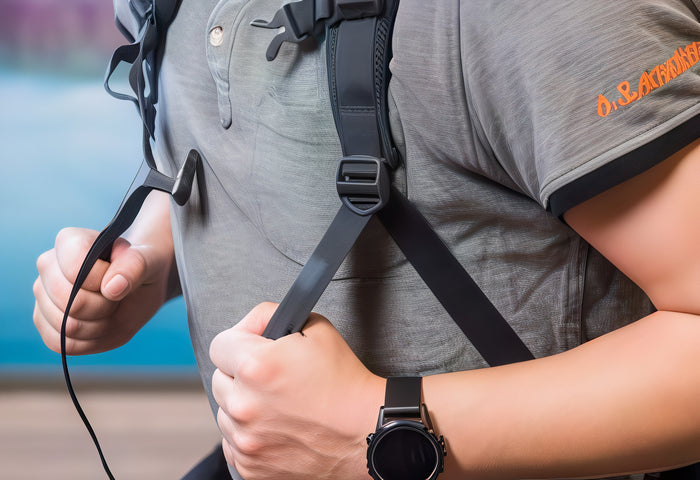
The straps should conform to the shape of your shoulders without creating upward tension.
-
Pull on the straps until the bag is flush against your back.
-
Avoid any space between the bag and your body : this limits swaying and improves posture.
-
On a small backpack or city bag, this adjustment is simple but just as important to avoid straining the upper back.
Step 5: Adjust the load lifters and chest strap
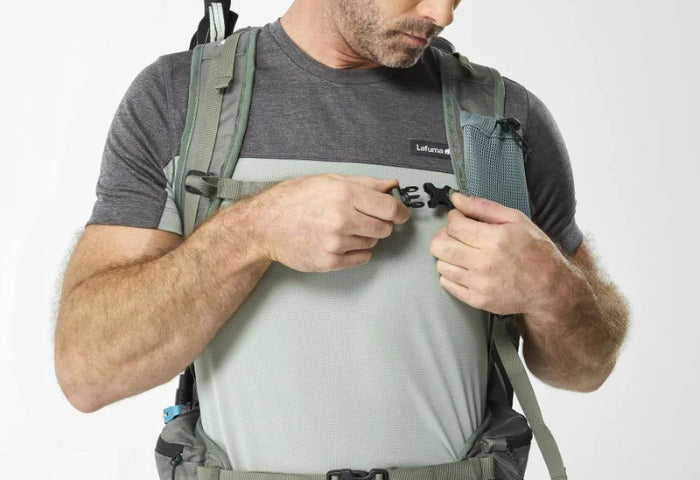
-
The load lifters (at the top of the shoulder straps) allow you to bring the top of the bag towards your body .
-
They are particularly useful on large hiking backpacks .
-
As for the chest strap , it prevents the shoulder straps from slipping and stabilizes the bag when moving.
🎒 Some travel backpacks, like Quechua models, also have removable load reminders , which can be adjusted according to the load and activity.
Step 6: Test the bag in real-world conditions
Once the bag is adjusted, test it by walking for a few minutes . Pay attention to:
-
Weight distribution;
-
Pressure areas (shoulders, hips, upper back);
-
Easy access to compartments and pockets without having to undo everything.
🔄 If you feel any discomfort, do not hesitate to readjust gradually , in particular by playing with the length of the straps or the position of the waist belt .
In summary
Properly adjusting your backpack means taking care of your body and your gear. Whether you're using a small bag for a day's work or a 50-liter travel backpack , the basic principles are the same:
- Organize the content to avoid it being too heavy at the top or unbalanced.
- Adjust the waist belt first;
- Tighten the shoulder straps and then the load lifters;
- Check the convenient access to storage;
- Readjust according to the duration of carrying.
🧠 By mastering the adjustment of your backpack , you save energy, avoid pain, and travel more freely — whether for a stroll, a multi-day hike, or a long trip abroad.

